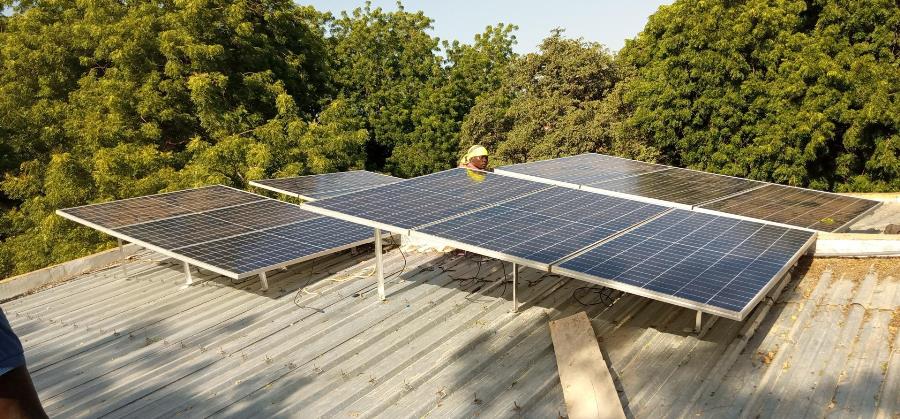The Ministry of Energy, Mines and Quarries (MEMC), the United Nations Development Program (UNDP) in Burkina Faso and the Global Environment Facility (GEF), have launched the Burkina Faso National Project of the Africa Minigrids Program (AMP). The AMP is a new technical assistance program for solar minigrids, active in 21 African countries, and implemented at the regional level by UNDP in partnership with RMI and the African Development Bank.
Burkina Faso’s National AMP Project aims to increase access to clean energy by improving the financial viability of, and promoting large-scale commercial investment in, solar photovoltaic minigrids in Burkina Faso. It will, in particular, focus on enabling innovation and technology transfers in decentralized renewable energy distribution and storage solutions.
The project will also support the government’s COVID-19 recovery efforts and strengthen the resilience of vulnerable communities by supporting livelihoods and providing income-generating activities.
Lasting 48 months from February 2023 to January 2027 for a total cost of 1,086,476,580 CFA francs, Burkina Faso’s National AMP Project is funded by the GEF, UNDP and the Government of Burkina Faso. It is implemented by the Burkinabè Agency for Rural Electrification (ABER) through four components:
- Policy and regulation, which aims to contribute to removing the political, regulatory and institutional obstacles which may hinder private sector investments in renewable energy minigrids in Burkina Faso;
- Innovation and private-sector business models, which aims to demonstrate the commercial viability of new minigrids models, with a focus on supporting the productive uses of energy;
- Large-scale financing, which aims to facilitate access to low-cost commercial capital including equity and debt, and ideally in local currency, to reduce the cost of minigrids and ensure the long-term commercial viability of minigrid markets;
- Use of digital tools and solutions, knowledge management, monitoring and evaluation.
The project will be active in seven municipalities across the following seven regions: the Cascades, the Boucle du Mouhoun, the Center, the Center-North, the Center-East, the North and the Central Plateau.
It is expected to significantly contribute to accelerating the country’s rural electrification efforts. Burkina Faso’s rural electrification rate has already been rapidly increasing, going from 3.2% in 2016 to nearly 10% in 2019, through the extension of the national grid. However, because extending the grid is a costly electrification method, the overall rural electrification rate has remained low.
Due to falling hardware costs, the rise of digital technologies and the adoption of private-sector business model, solar-battery minigrids can now be a competitive option to provide electricity to off-grid areas in Burkina Faso.
Overall, UNDP modelling estimates that minigrids are the least-cost option to provide electricity to 265 million people in the AMP’s 21 countries, for a total investment opportunity of $US 65 billion. This equates to the construction of 110,000 minigrids, powering 200,000 schools and hospitals and driving economic growth in the region by supporting 900,000 businesses.
Launched at the United Nations Climate Conference COP27 in November 2022, the AMP has already started rolling out national projects in Nigeria, Eswatini, Djibouti, and Somalia, with additional national projects to start implementation throughout the year.

